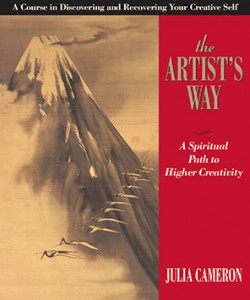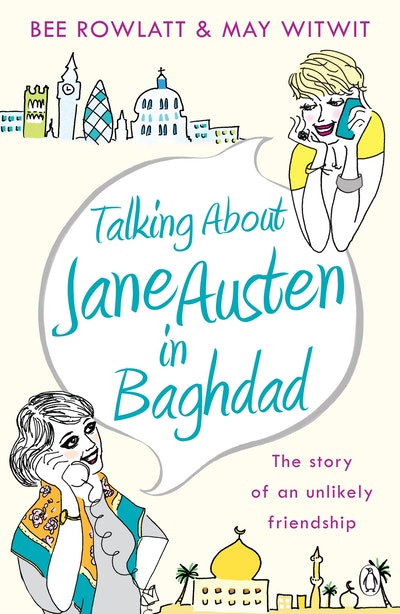I rarely follow quilt patterns. When I do follow a pattern it's usually a rather loose interpretation. This post is about a quilt I designed and how I ended up with something very different to what I planned.
 |
| Folk Welcome |
A quilty friend agreed to do some knitting for me. I kinda conned her into it, so I thought a thank you would be appropriate. The friend likes folk music, banjos in particular (or maybe it's banjo players, I'm not sure). I went a-Googling for banjo images.
Not sure why it came up when I Googled "banjos", but I found this amazing quilt by Jen Sorenson from
A Quilting Jewel:
 |
| http://aquiltingjewel.blogspot.com.au/2012/11/finished-guitar-quilt.html | |
I thought maybe I could do the same thing with banjos. I found this photo by
George Banjos that I really liked:
 |
| http://www.georgebanjos.com/site_files/images/IMG_55932.jpg |
I thought maybe I could 'treat' it the same as the guitars - with the overlaps in different colours to the bodies. I realised though, that this photo has a couple of extra stems, and the banjo in the front ended up all different colours with no real definition of its own. I removed the front banjo, but finally I decided that banjos are actually quite boring. My drawings were all looking like upside down lolly-pops or balloons.
 |
| Sort a maybe, but maybe not |
I changed tack and went looking for folk music photos. I found a photo of a guitar, violin and banjo that I really liked. It's a Shutterstock photo, so you can see it on their
website.
To simplify the photo I printed it and traced the outlines that I wanted in Sharpie, scanned it, and worked with the clean copy.
My plan was to make a wall-hanging. I work in Excel because it has no page borders - you can make things as big as you like. My first print was four by four A4 pages. I thought maybe it was too big, so I printed it again at two by two. But after discussion with my daughter, we both decided it looked better bigger rather than smaller.
At this stage, the plan was still to possibly use the colour technique from the first quilt. But I really liked the instrument grouping as it was, and the 3D of the guitar, in particular, would make it difficult.
The next step was to decide what fabrics to use. Although I'd given up on the overlapping colours I still wanted 'unreal' colours. I knew I didn't have the right fabrics in my stash and I didn't want to buy any. I'm trying to be "good" with the family budget.
I do have lots of 2 inch squares. "Easy", I thought, "Just patchwork it." Ah, famous last words. It sounds really easy in concept, not so easy in reality. I traced each piece - so the top half of the violin (for example), laid my 2 inch squares over the tracing, then sewed them together in rows. Then added more squares. Every time you sew two 2 inch squares together you lose a 1/2 inch; every four squares you lose a square. Even though I overlapped the squares when I laid them out, I don't think I got a single piece right first go. Some bits, like the narrow rim of the banjo, were harder to piece than others.
After I had all the pieces sewn in squarish shapes, I retraced the shapes on Vlsiofix - remembering to reverse them (almost forgot a couple of times), ironed the Vlsiofix to the fabric shapes and cut them out. It was quite exciting to see it actually start to come together.
 |
| The hard bit done. Patchwork laid out over my original 'pattern'. |
My original plan was to simply edge stitch the instruments to a fleece as a single layer 'quilt', but I started to worry that the fleece would stretch and buckle. When I found a piece of black cotton fabric in my stash almost the perfect size I decided to use that, and back the quilt with fleece.
I had always planned to add the name "Folk Welcome"; the other design elements came about because it needed some spaces to be 'filled'. The font is called "Candle", with some modifications.
I layered the quilt - fleece backing, cotton top, patchwork and applique, and top-stitched/quilted in one go. The stitching holding the instruments, letters and music is the quilting. I used a black thread and blanket-stitch to edge everything. The instrument strings are stitched (again, as quilting) in silver metallic thread, which behaved surprisingly well. For a little extra, I used wooden jacket toggles for the violin's tuning pegs. Originally the pegs were part of the patchwork, but I didn't like it.
 |
| Violin tuning pegs. Only just now thought that I should/could have continued the strings from the quilting to the pegs. DUH! |
 |
| If you look carefully, you can just make out the 'strings'. |
The binding is 6 inch strips. Must remember next time to iron the seams OPEN. I usually join my binding strips with a 45° angle. Obviously that's impractical on 6 inch strips, so the seams are four layers thick, and I ironed all the seams to one side - so they're actually 8 layers thick.
Of course, the quilt has a label.


















































